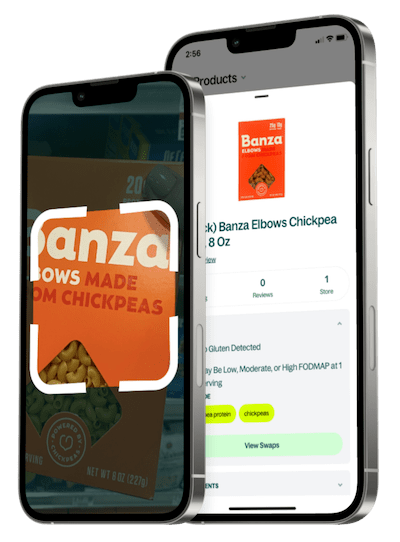Is Aloha Maple Sea Salt Protein Bar Gluten Free?

Description
Sweet maple and subtle sea-salt notes provide a balanced flavor profile, paired with a soft, chewy texture and occasional crunchy bits. Consumers commonly use it as an on-the-go snack, workout boost, or quick breakfast substitute; reviews note satisfying taste, convenient packaging, and occasional comments about sweetness and texture variability differences.

Description
Sweet maple and subtle sea-salt notes provide a balanced flavor profile, paired with a soft, chewy texture and occasional crunchy bits. Consumers commonly use it as an on-the-go snack, workout boost, or quick breakfast substitute; reviews note satisfying taste, convenient packaging, and occasional comments about sweetness and texture variability differences.
Ingredients
Protein blend* (brown rice protein*, pumpkin seed protein*), tapioca fiber*, sunflower seed butter* (roasted sunflower seeds*, sunflower oil*), tapioca syrup*, rolled oats*, vegetable glycerin*, brown sugar*, almond butter*, pecans*, maple syrup*, natural flavor*, sea salt*. *Organic. Contains: tree nuts (almonds and pecans). Manufactured in a facility that also processes fish, milk, peanuts, sesame, soy, and wheat.
What is a Gluten Free diet?
A gluten-free diet excludes all foods containing gluten, a protein found in wheat, barley, rye, and their derivatives. It's essential for people with celiac disease, gluten intolerance, or wheat allergy, as consuming gluten can trigger inflammation and digestive issues. Common gluten-containing foods include bread, pasta, cereals, and baked goods, though many gluten-free alternatives now exist using rice, corn, or almond flour. Beyond medical necessity, some people choose a gluten-free lifestyle for perceived health benefits, though experts emphasize the importance of maintaining a balanced diet rich in fiber, vitamins, and minerals when eliminating gluten-containing grains.


